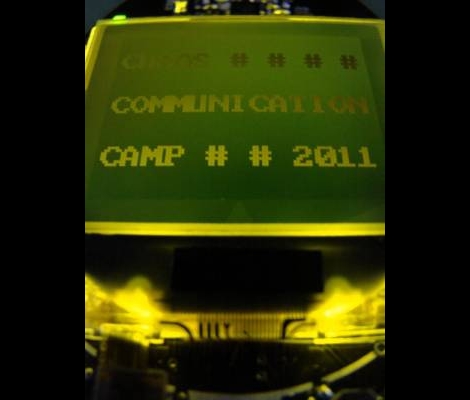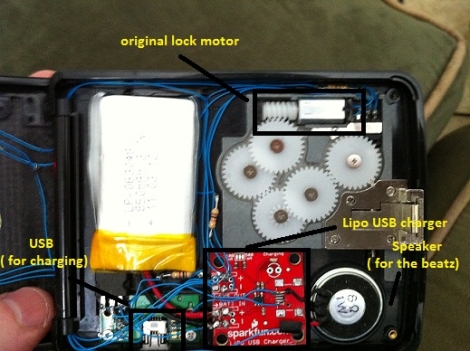Gambiologia, according to the source article, is the “science of Gambiarra.” For those not from Brazil, Gambiarra is “a Brazilian cultural practice of solving problems creatively in alternative ways with low cost and lots of spontaneity.” In other words, the hacking of real-world items. Gambiarra also has a connection to recycling, as instead of throwing something used out, it becomes something else new.
Although hacking may not be thought of as art in the traditional sense, [Fred Paulino] aims to change this with his exhibition of 20 Brazilian and international artists. A “Gambiologist” himself, he’s put together quite a collection of hacks and mods for the world to see. From computer monitors with eyes displayed on them, to a toilet held open with a two-by-four, his exhibit seems to cover a wide range of physical hacks, or Gambiarra.
Be sure to check out the article, as many of the hacks are quite clever or unusual (even if some may seem a bit unsafe). For more examples of hacking items into something new, check out this drill made out of a pencil sharpener or this remote control camera trigger using air freshener parts.





















